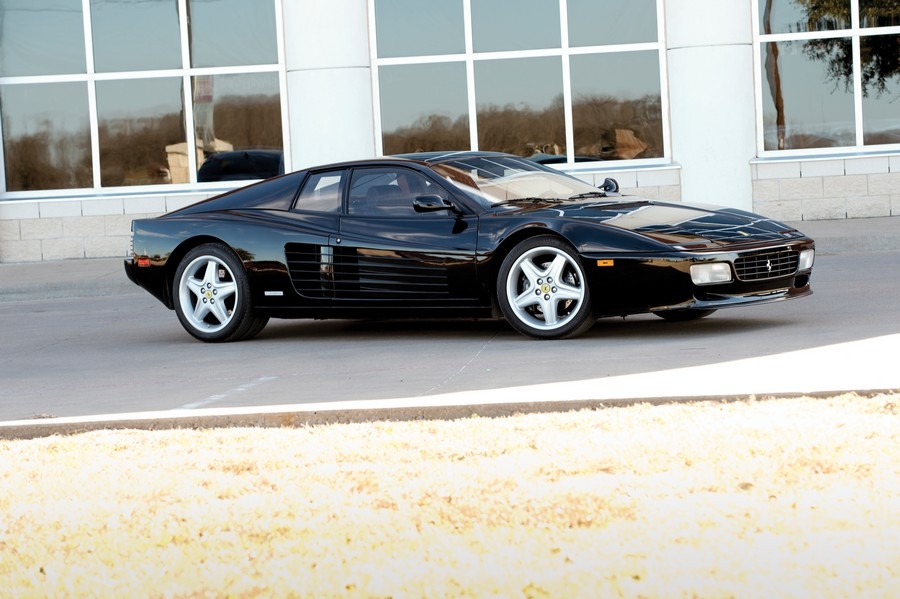Chassis Number: ZFFLG40A2R0098634
The replacement for Ferrari’s Testarossa, the 512 TR, was introduced for the 1992 model year as a response to the launch of Lamborghini’s Diablo in 1990. The car was well acclaimed by the motoring press right from its introduction. The legendary Phil Hill wrote in Road & Track that “lurking under that bodywork is about three quarters of an F40 with all the conveniences of any modern GT.”
This specific 512 TR is a late-production 1994 model that is finished in a black exterior with a black interior. It received a timing-belt service in the past year, and it has only accumulated 300 miles since. It has just 13,000 miles showing on its odometer and it still retains all of its original books, tools and manuals.

